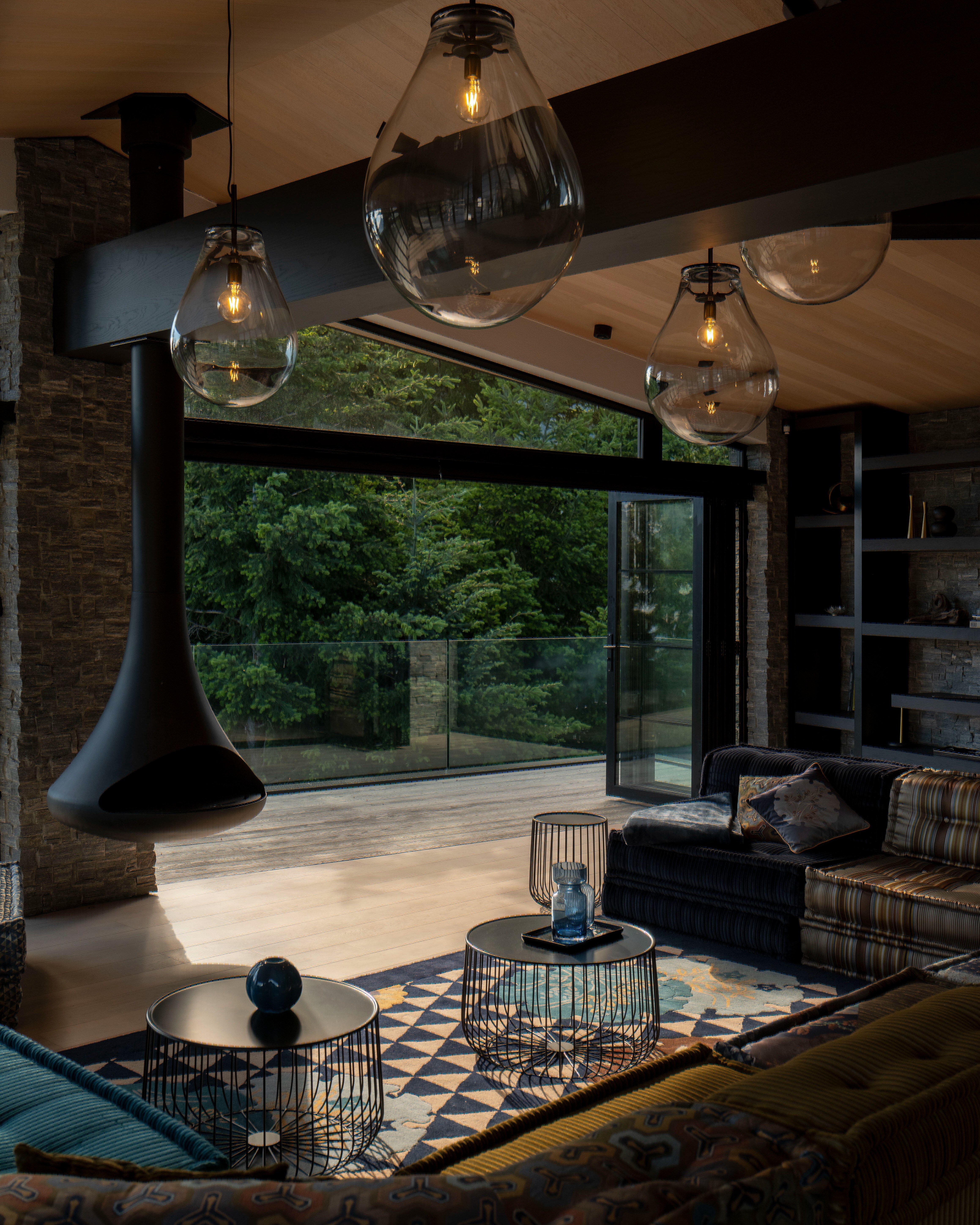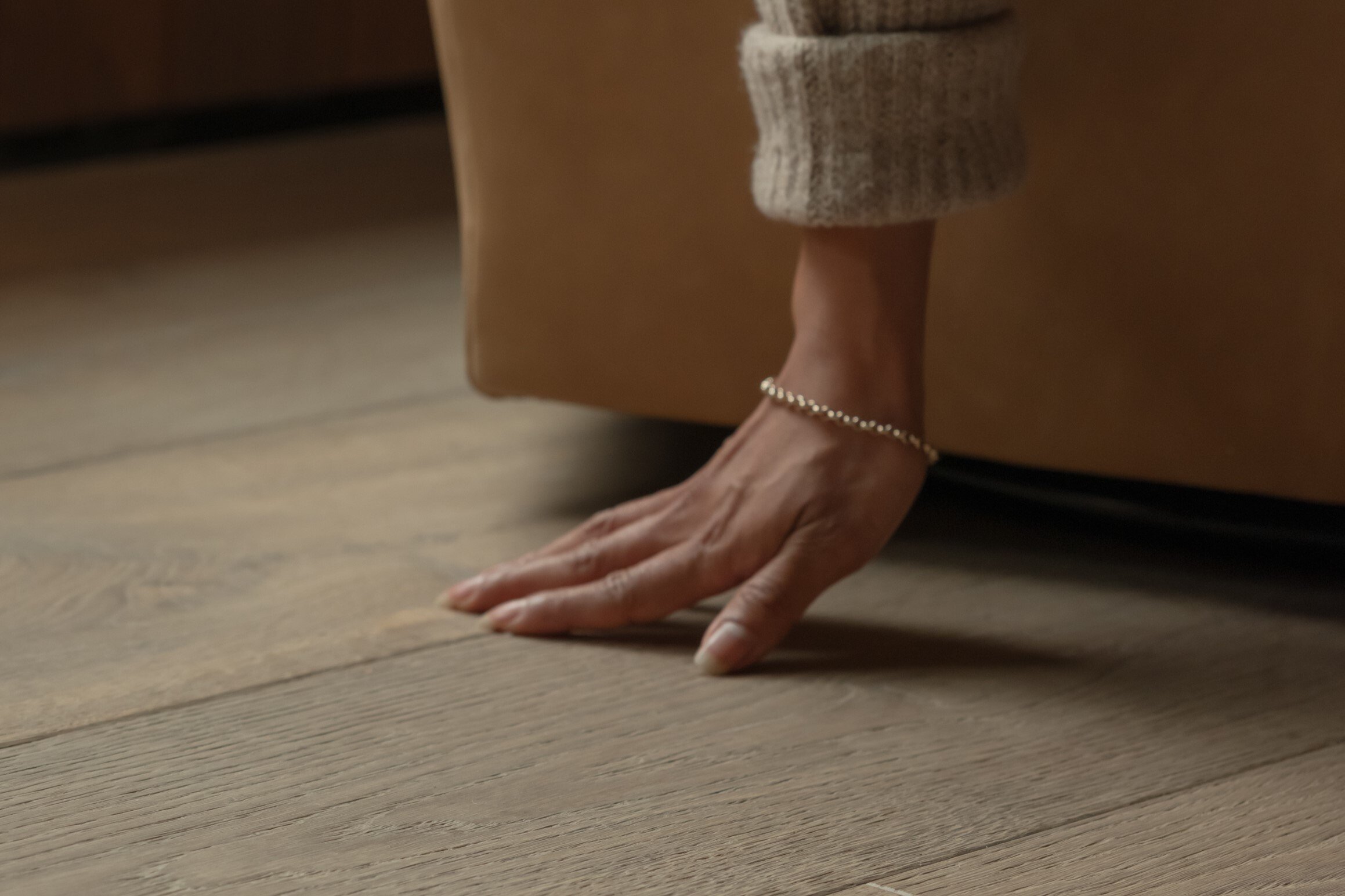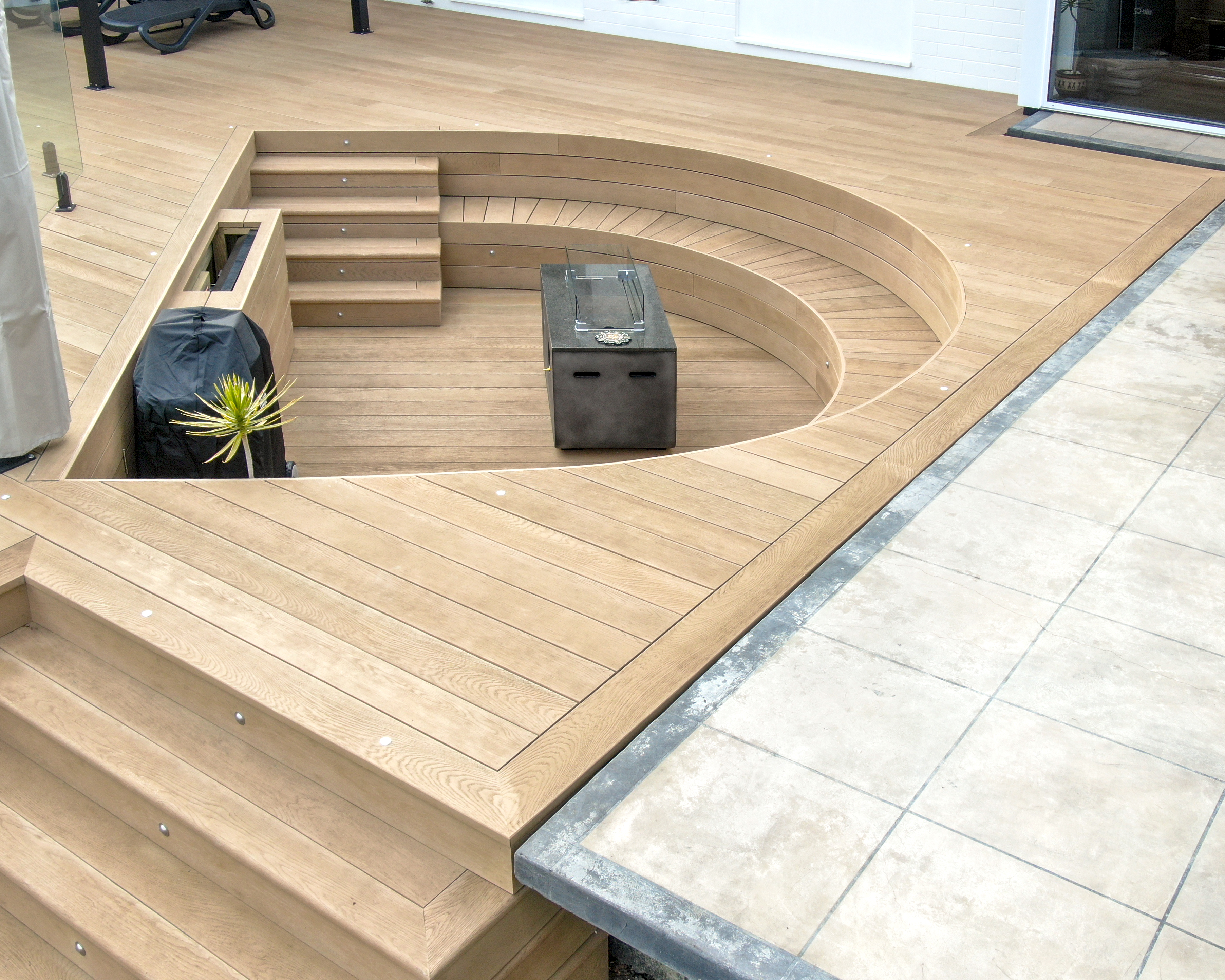How to Prevent Timber Discolouration in Your Home
Blog |
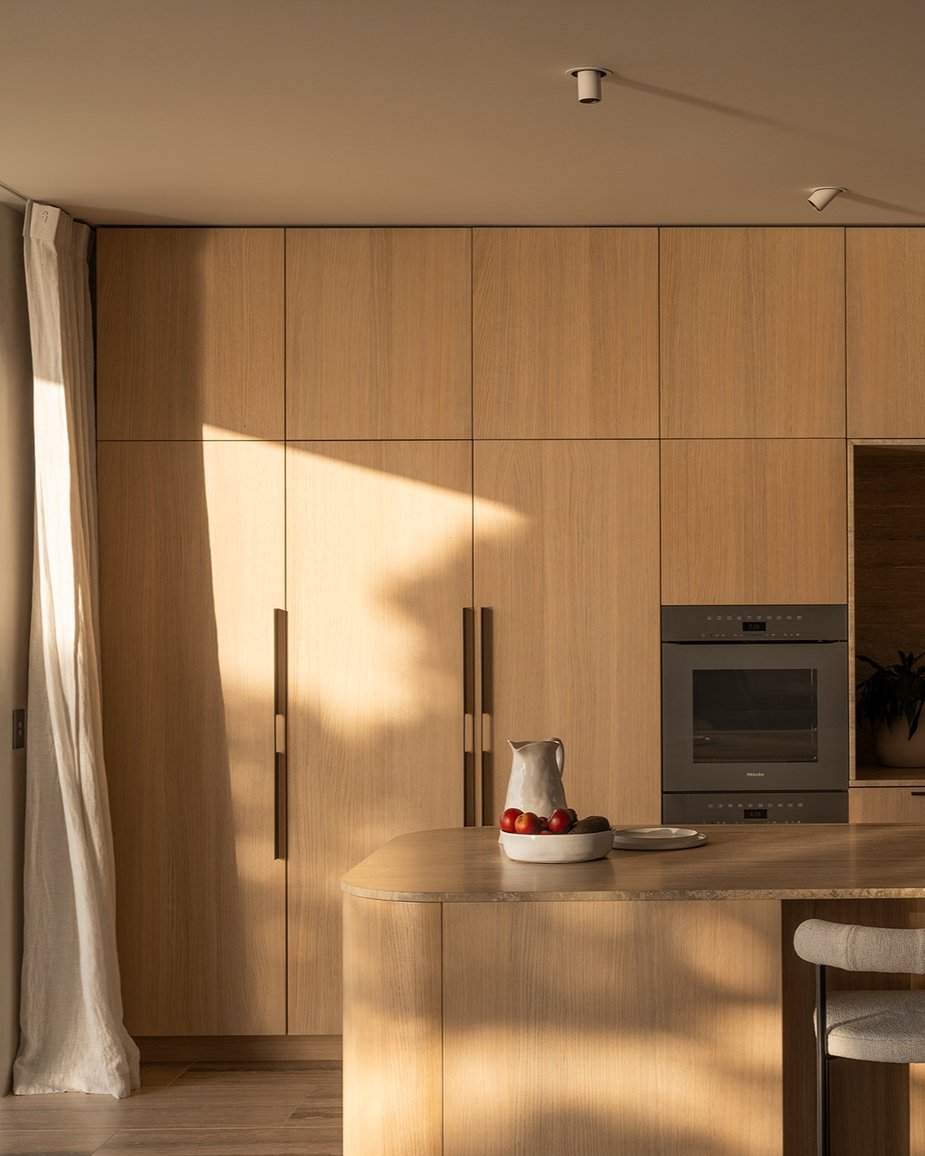
Natural timber brings warmth and character to your home, but various factors can cause it to fade, darken, or develop uneven tones over time. Some change is natural – timber is a living material that develops patina with age. The goal isn't to freeze it in place, but to understand what causes discolouration and how to manage it so your timber flooring, panels or cabinetry ages evenly and gracefully.
What Causes Timber Discolouration?
UV Exposure and Sunlight
When UV rays hit timber, they break down lignin – the compound that gives wood its color and structure. This leads to fading, yellowing, or darkening depending on the species. New Zealand's UV levels are among the highest in the world, making sun exposure the primary cause of timber color change in our homes. Add heat from large windows, glass doors, or reflective surfaces like pools, and timber can dry out and develop uneven tones where sunlight hits hardest.
Moisture and Humidity
Excess moisture – from spills, humidity, or poor ventilation – can cause timber to darken, particularly in areas like kitchens, bathrooms and laundries. Water left sitting on surfaces can penetrate the finish and cause staining or discolouration that's difficult to reverse. Even ambient humidity can affect lighter timbers over time, causing them to appear duller or patchy.
Chemical Reactions
Certain cleaning products, particularly those containing ammonia, bleach or harsh alkalines, can strip timber finishes and cause discolouration. Even everyday substances like certain oils, cosmetics, or acidic spills (wine, citrus) can react with timber and leave marks if not cleaned promptly.
Oxidation
Some timber species naturally oxidize and change color when exposed to air – even without direct sunlight. This is particularly noticeable with species like American Oak, which tends to amber or yellow over time, or certain darker exotics that can lighten or shift tone.
Uneven Wear and Coverage
Rugs, furniture, and objects left in the same position for extended periods create shadows where timber ages differently. When you eventually move them, you're left with visible outlines where protected areas haven't changed at the same rate as exposed surfaces.

How to Prevent and Minimise Discolouration
Manage Sunlight and UV Exposure
UV-blocking window films, sheer blinds, and curtains reduce exposure without darkening your space. In rooms with floor-to-ceiling glass or western sun, even partial shading during peak hours makes a measurable difference. Consider how sun tracks across timber surfaces throughout the day and year when planning furniture placement.
Select Appropriate Colours and Finishes
Lighter timber tones naturally show less dramatic fading than darker finishes, which absorb more heat and are more prone to visible color shift. Some species are also more stable in color than others when exposed to UV. If you're installing timber in high-sun areas, discuss colour and finish options with your specifier, or talk to one of our consultants about choosing surfaces better suited to your home's light conditions.
Control Moisture and Humidity
Maintain good ventilation in areas prone to moisture buildup – kitchens, bathrooms and laundries. Use extractor fans during and after cooking or showering to prevent humid air from settling on timber surfaces. In poorly ventilated spaces, consider dehumidifiers or simply opening windows regularly to promote airflow. Stagnant, humid conditions can cause timber to darken or develop uneven tones over time, particularly in lighter species.
Use the Right Cleaning Products
Only use pH-neutral, timber-safe cleaners. Avoid products with ammonia, bleach, vinegar, or abrasive ingredients that can strip finishes or react with the wood. Regular, gentle cleaning is better than occasional aggressive cleaning.
For more advice on cleaning and our recommended cleaning products, view our 2025 guide here.
Rotate Rugs and Furniture
Move rugs, runners, and furniture periodically – especially in rooms with strong natural light. This allows timber to age more evenly across the entire surface rather than creating distinct protected zones. Even shifting items by a few centimeters every few months helps.
Maintain Consistent Care
Dust and debris trap heat and moisture, which accelerates discolouration. Regular sweeping or vacuuming, followed by damp mopping with appropriate products, removes buildup and helps finishes perform as intended. Pay extra attention to high-exposure areas near windows, glass doors, and wet zones.
For more information on care and maintenance, take a look at our latest guide here.
Address Spills and Stains Quickly
All Forte flooring is prefinished with a durable UV-cured coating to help protect from everyday spills. With that said it’s still important to wipe up spills immediately – particularly oils or acidic liquids like wine – as any liquid left sitting for long enough can penetrate finishes and cause staining.
Blot (don't rub) liquid spills immediately, then clean with a timber-safe product. For stubborn marks, consult our customer care team before attempting aggressive cleaning methods.
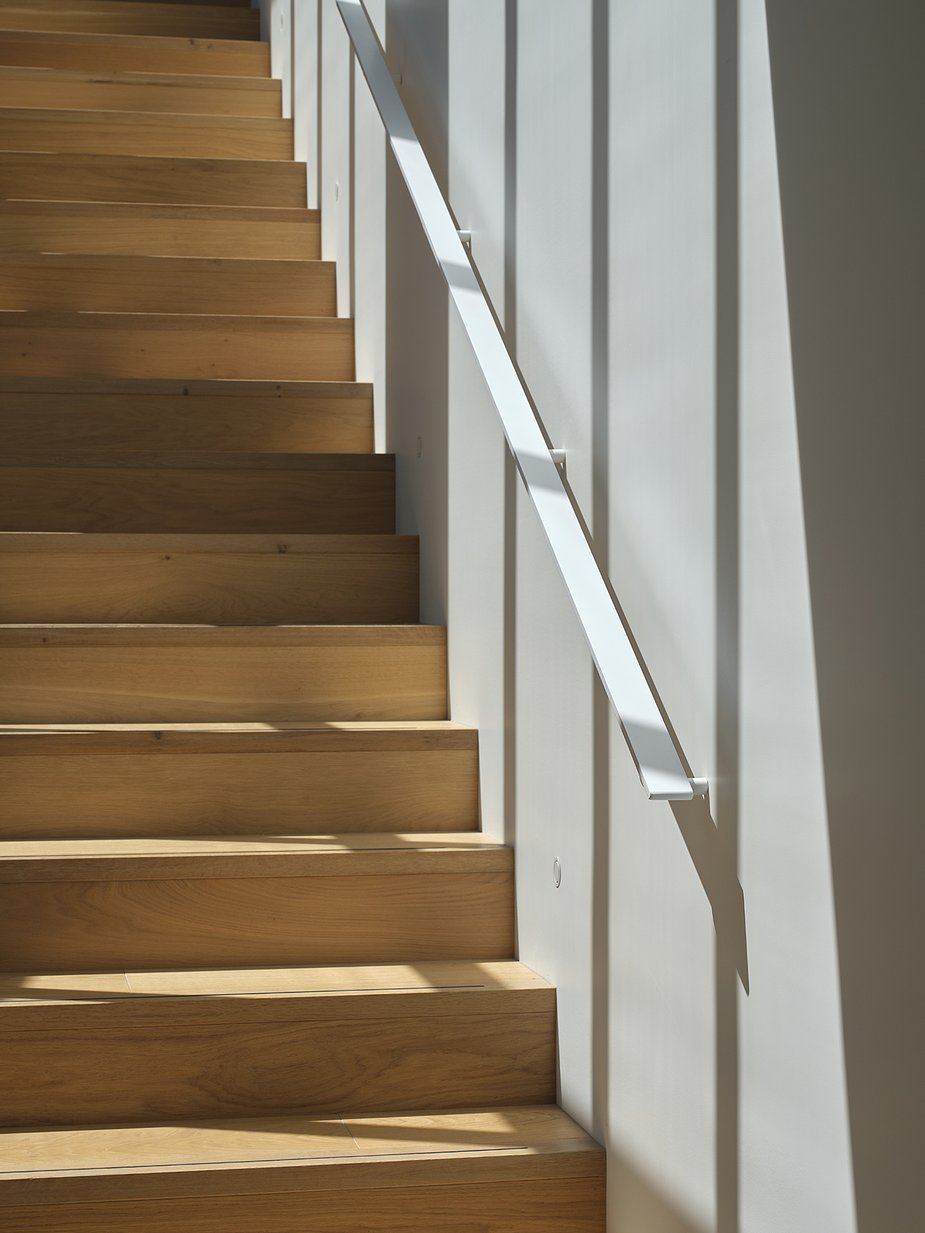
What to Expect over Time
Even with diligent care, timber will evolve. Some species darken, others lighten. Grain becomes more pronounced or subdued. Oxidation happens naturally in certain timbers regardless of sunlight exposure. This is part of timber's appeal – it's a material with memory and character.
The difference between graceful aging and problematic discolouration comes down to how evenly it happens, whether the structure and finish stay sound, and whether changes are gradual rather than sudden. With thoughtful placement, effective sun control, moisture management, and consistent care, your floors and surfaces will develop character without compromise.
Visit one of our Showrooms
If you have any queries about our products or need help with your project, we can provide you with expert advice. Visit one of our showrooms or book a consultation with our flooring experts today.
